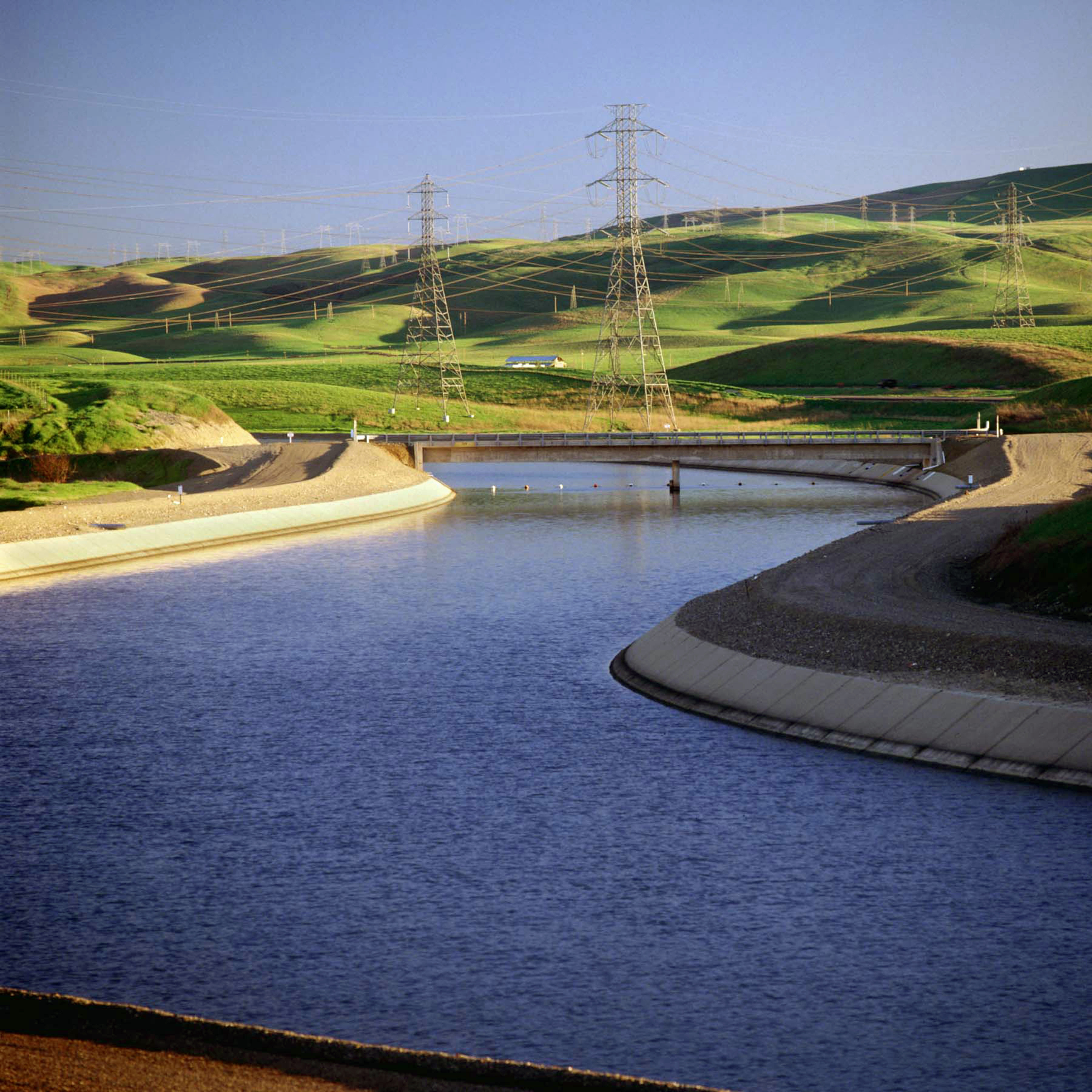On July 29, 2014, the California Water Association (CWA) submitted comments to the National Marine Fisheries Service on the Bay Delta Conservation Plan (BDCP) and the associated Draft Environmental Impact Report/Environmental Impact Statement (DEIR/EIS). The comments centered on three areas: co-equal goals, funding and water rights.
Relative to co-equal goals, CWA highlighted the Legislature’s declaration in 2009, which coincides with the purpose of the BDCP as “a means to establish a comprehensive solution achieving the co-equal goals of improving water supply reliability and enhancing the Delta ecosystem.” CWA expressed its support of these efforts, particularly in light of the ongoing water supply constraints, drought and challenges to maintain quality drinking water. CWA further commented on a portion of the BDCP and the DEIR/EIS and the delineation of 22 conservation measures designed to effectively work together in achieving the co-equal goals while offering a “path to regulatory stability for California and its water users.” CWA stated that it believes the implementation of the BDCP will increase water supply reliability and concluded its comments on co-equal goals by stating, “CWA appreciates that the BDCP allows for enough operational flexibility such that increased storage will be facilitated in wet years, thereby compensating for a lack of water in dry years.”

With respect to funding, CWA stated that it agreed with the Legislative Analyst’s Office (LAO) regarding the reasonableness of the costs and assumptions for “design and construction of the dual conveyance system, habitat restoration, fisheries enhancement, tidal and other national communities restoration, wetlands restoration and other conservation measures, as well as the discount rates used to compare benefits and costs of alternatives.” However, CWA also noted its agreement with the LAO that it would have been useful for the BDCP to include financing costs as part of the overall $24.8 billion cost.
CWA commented that although it has been supportive of the “beneficiary pays” principle for financing and allocating the costs of the BDCP, the question of practicality looms large. CWA stressed the importance of keeping in mind that even if the average residential customer’s bill were to “increase by $15-$20 per month,” that increase would come on top of increases from all public water suppliers, which customers have been dealing with throughout the last decade, and which have met resistance. CWA emphasized that BDCP “cost increases absorbed by water utility customers must not ‘crowd out’ the essential, local infrastructure investments that are comparable in importance for customer service.” CWA summarized its comments on funding by stating it hoped the BDCP “sponsors will accommodate the need for these other investments by evaluating beneficiary pays in the context of all needed infrastructure investments.”
Last, CWA commented specifically about water rights. Emphasizing the State Water Project and Central Valley Project both operate under water rights and permits and decisions issued by the State Water Board, which requires both projects to meet specific water quality, quantity and operational criteria upstream within the Delta, CWA said that implementation of the BDCP will require a change in the points of diversion as specified in the California Department of Water Resources and Reclamation’s water right permits. This issue is not clearly addressed in the BDCP. Additionally, CWA said the BDCP “does not include any regulatory actions that would affect any water rights holders. Therefore, deliveries to senior water rights holders are not discussed…although they have the utmost priority in receiving surface water supplies.” CWA requested that the “BDCP and DEIR/EIS be revised to clarify that implementation of the BDCP will preserve senior water rights,” and the BDCP will not impact water rights of existing senior water rights holders as supported under national and state laws.
CWA concluded its comments by expressing its support for the BDCP’s efforts and is encouraged by the progress made in the BDCP and DEIR/EIS.
Photo Credit: California Department of Water Resources





